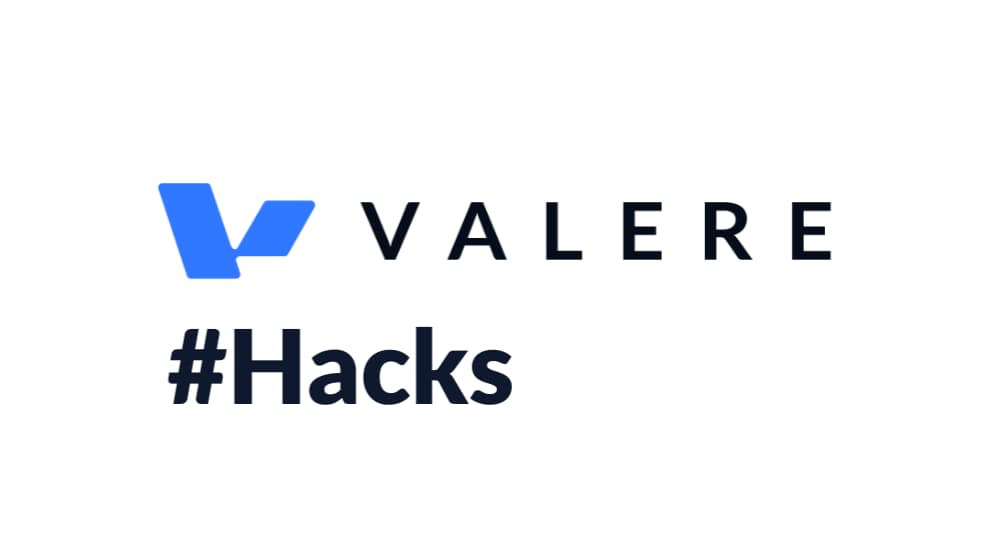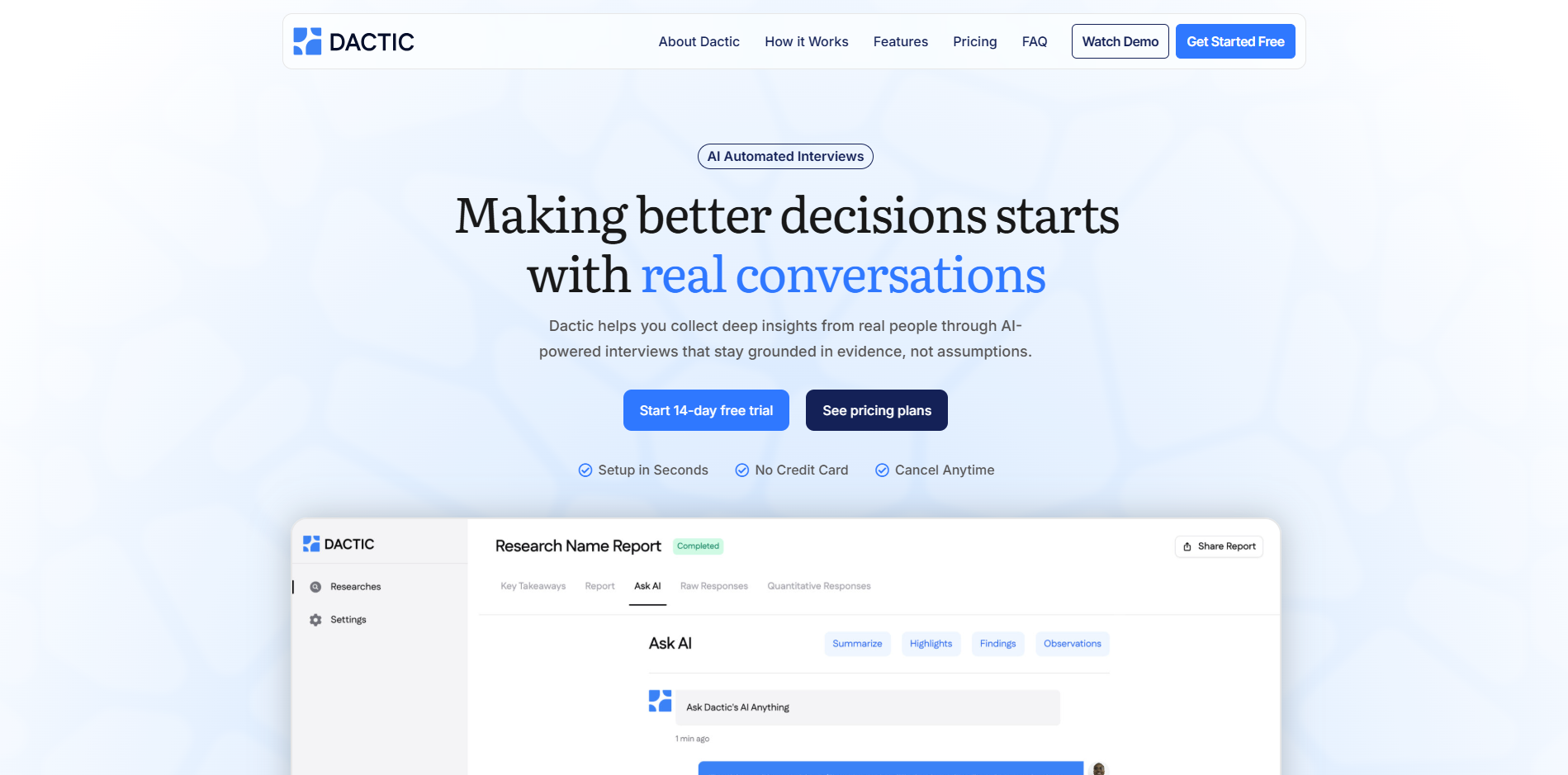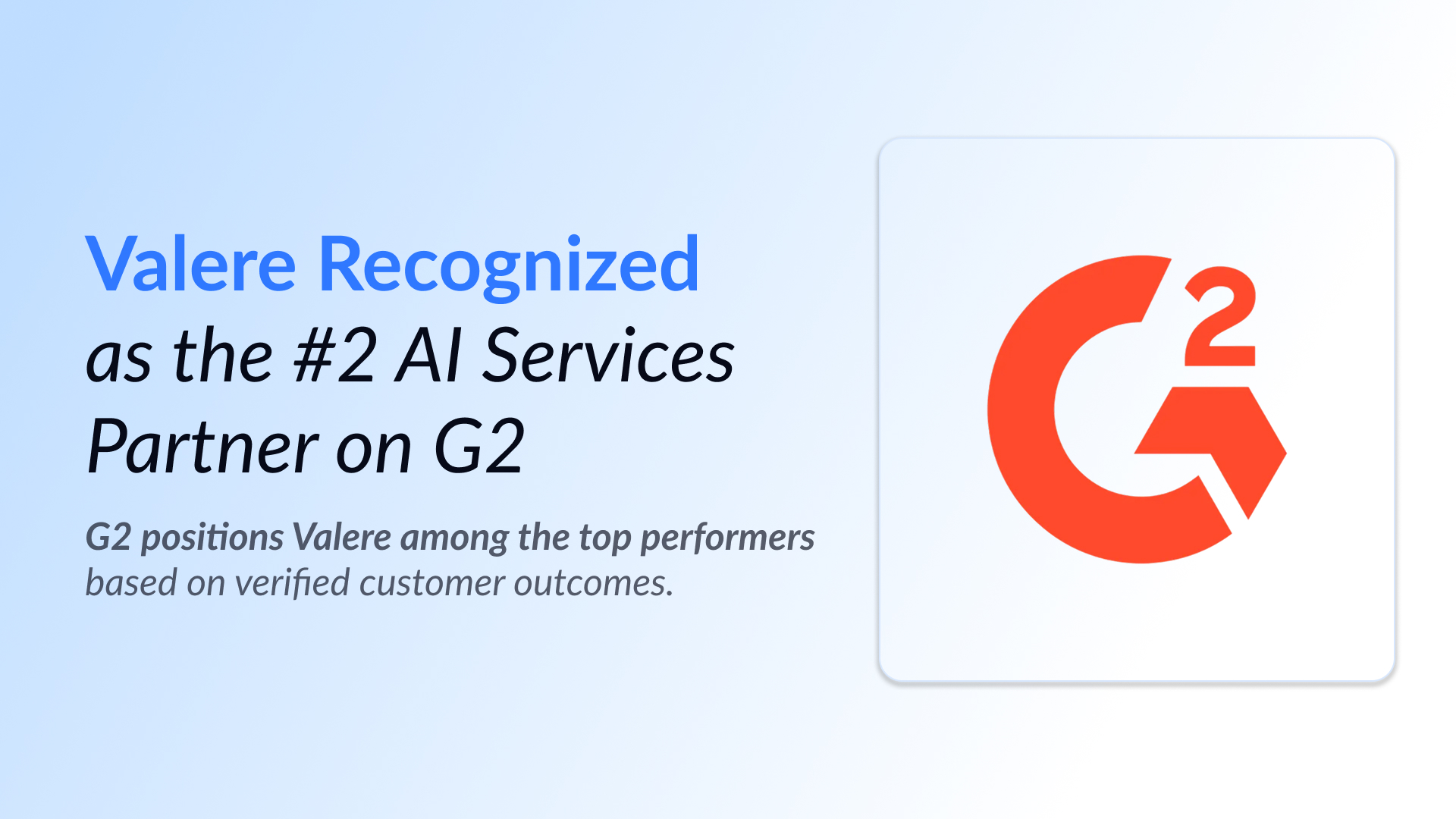Specific Case Analysis: Preventing Cannibalization
In this context, “cannibalization” isn’t about a zombie apocalypse (although some might argue that launching a new product can feel like one!). It refers to a situation where your generous free tier might unintentionally eat into sales of your premium product. Basically, users love the free version so much they might not feel the need to upgrade, even if the premium version offers more features. We want to find the sweet spot where everyone wins: users get a great free experience, and your business thrives too! When dealing with specific cases, it’s crucial to consider all angles and potential outcomes. A prompt like this can spark insightful discussions: “COMPANY already offers a generous free tier. How can I prevent it from cannibalizing sales for the premium product? List some ideas and pros and cons of each.” This prompt encourages teams to:- Brainstorm strategies that maintain a balance between attracting users with a free tier and driving conversions to premium offerings.
- Think critically about value proposition and feature differentiation.
- Consider pricing strategies that create clear incentives for upgrading.
- Analyze user behavior and identify triggers that lead to premium conversions.

Crafting Effective OKRs
Setting Objectives and Key Results (OKRs) is vital for aligning teams and measuring progress. A prompt like this can help teams focus their efforts: “I’m tasked to write OKRs to own the marketing and PLG department for a sales-led business. What should they be?” This prompt guides teams to:- Consider the unique challenges of integrating product-led growth strategies within a sales-led organization.
- Ensure that marketing efforts complement and enhance the sales process.
- Define measurable objectives that bridge the gap between product usage and sales outcomes.
- KR1: Implement in-product messaging to guide users to high-value features
- KR2: Create and distribute 5 case studies showcasing successful customer outcomes
- KR3: Achieve a 25% increase in free-to-paid user conversion rate
- KR1: Develop a real-time dashboard of product usage metrics for the sales team
- KR2: Train 100% of sales reps on using product data in their outreach
- KR3: Increase meetings booked from product usage triggers by 40%

Understanding Benchmarks
Benchmarks provide crucial context for evaluating performance. Without benchmarks, it’s like playing darts blindfolded. You might hit the target occasionally, but it’s hard to know if you’re consistently improving. Prompts in this category might include: “What are the benchmarks for conversion rate for an ungated product with a free trial and a free product?” “What factors influence conversion rates most?” These questions push teams to:- Research industry standards and best practices
- Analyze competitor performance and strategies
- Identify key levers that can impact conversion rates
- Consider the unique aspects of their product and market that may influence benchmarks
- Trial length and structure (e.g., limited features vs. time-limited full access)
- Onboarding process effectiveness
- User engagement during the trial period
- Pricing strategy and perceived value
- Customer support quality
- Market competition and alternatives

Strategic Roadmap Planning
Effective roadmap planning ensures that teams focus on high-impact projects. A prompt like this can kick start the process: “What are some projects growth engineers on my team should work on next? I’m trying to build our roadmap. Please share some ideas for projects.” This prompt encourages teams to:- Think creatively about growth opportunities
- Prioritize initiatives based on potential impact and resource requirements
- Align engineering efforts with overall business goals
- Consider both short-term wins and long-term strategic initiatives
Comprehensive Product Requirements Document (PRD)
A well-structured PRD is essential for guiding product development. The detailed prompt provided offers a comprehensive framework for creating a PRD: “As the Product Manager for a [tool + niche, for example – AI marketing tool] aimed at [describe your target audience], create a comprehensive Product Requirements Document (PRD).” This type of prompt ensures that all crucial aspects of the product are considered and documented, including:- Introduction: Product vision, objectives, and scope
- Target Audience: Detailed user personas and needs analysis
- Functional Requirements: Core features and future enhancements
- Technical Specifications: Architecture, data models, and integrations
- UI/UX Requirements: Design principles and key user flows
- Acceptance Criteria: Clear definitions of feature completeness
- Metrics and KPIs: Success measures aligned with business goals
- Compliance and Security: Legal and data protection considerations
- Timeline: Development milestones and resource allocation
Conclusion
These prompts serve as powerful tools for product teams, guiding them through complex decision-making processes and ensuring that all crucial aspects of product development are addressed. By incorporating these prompts into their workflow, teams can:- Stimulate critical thinking and creative problem-solving
- Ensure comprehensive coverage of all aspects of product development and strategy
- Align team efforts with business objectives
- Make data-driven decisions by considering benchmarks and KPIs
- Anticipate potential challenges and plan for them proactively
- Foster a culture of continuous improvement and innovation
- Adapt them to your specific context and product needs
- Use them as starting points for deeper discussions and analysis
- Encourage team members to challenge assumptions and bring diverse perspectives
- Regularly revisit and refine your approach based on the insights gained
- Document the outcomes and decisions made as a result of these discussions




